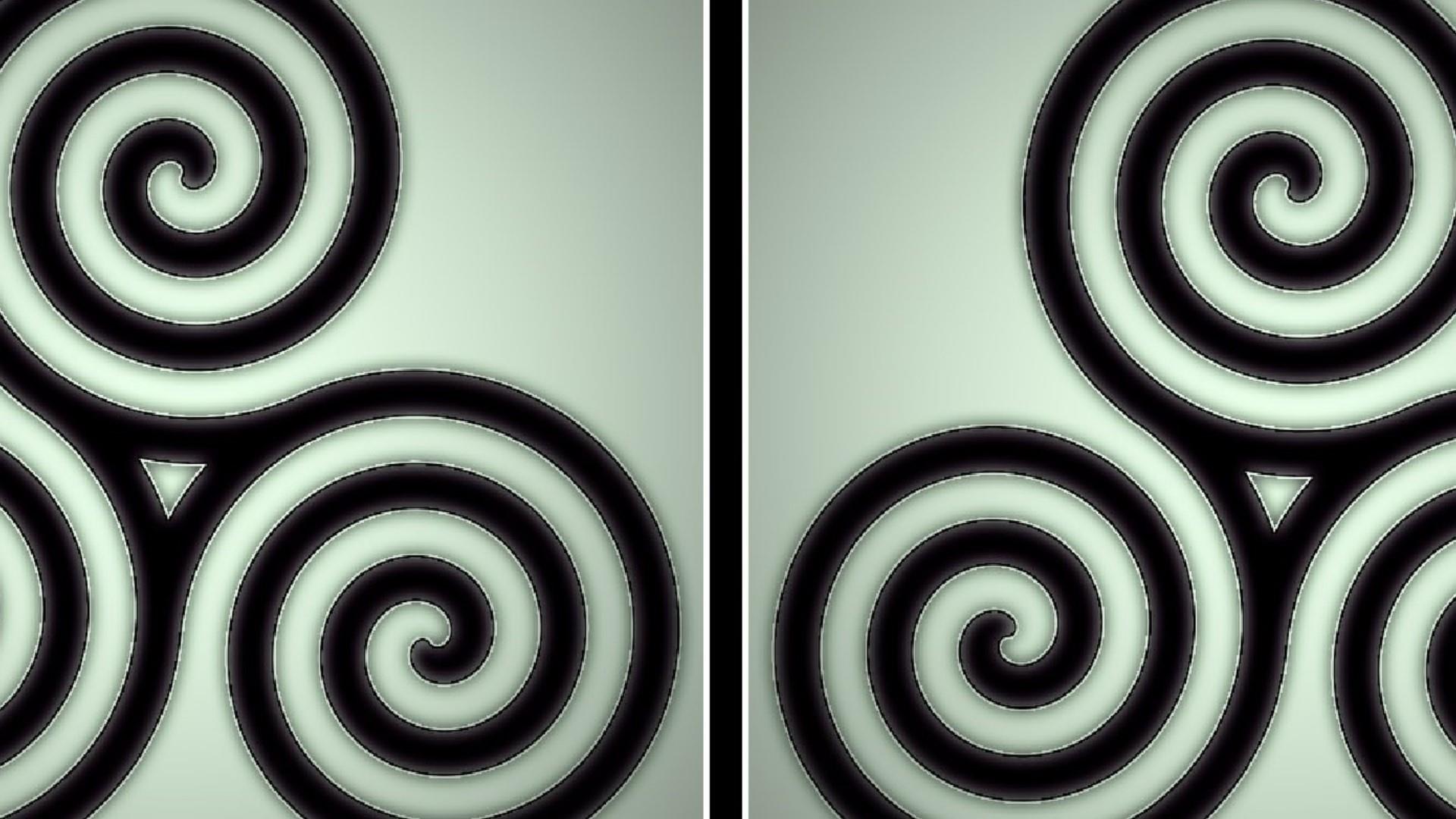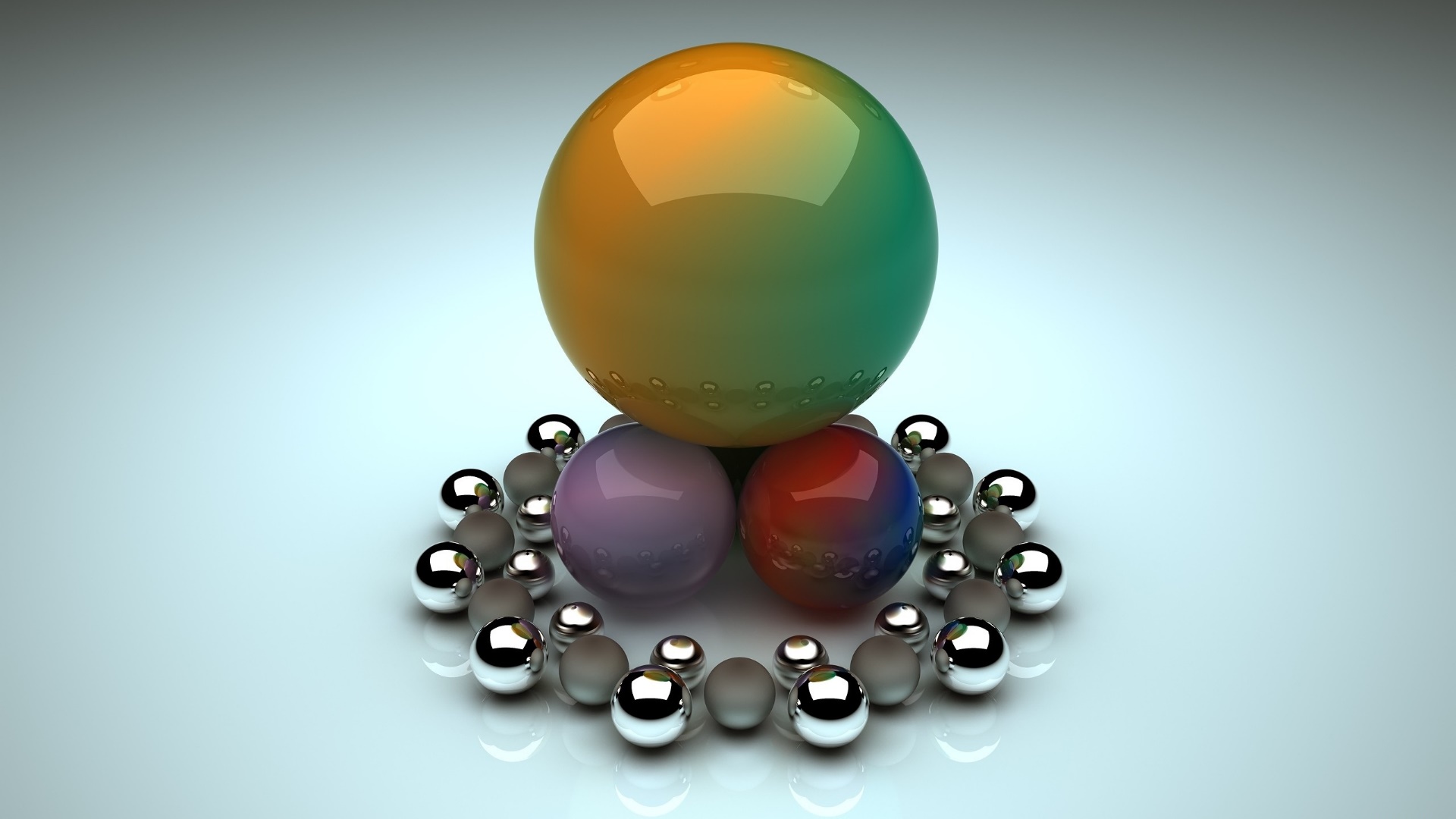
DCR on Your Monitor: Gimmick or Game-Changer? Let's Find Out.
DCR stands for Dynamic Contrast Ratio. It is a feature found on most modern monitors and TVs that automatically adjusts the brightness of the screen's backlight in real-time based on the image being displayed. When a scene is dark, the monitor dims the backlight to make the blacks appear deeper and less gray. When a scene is bright, it boosts the backlight to make the whites appear more brilliant and vibrant.
It's a Thursday morning here in Indonesia, and you’re finally doing it—you’re shopping online for a brand-new monitor. Maybe it's for your epic gaming setup, your work-from-home office in Jakarta, or for editing photos from your last trip to Bali. You're comparing spec sheets, looking at refresh rates, response times, and resolutions, and then you see a number that looks like an absolute typo:
Contrast Ratio: 50,000,000:1 (DCR)
Fifty million to one? Your brain starts to short-circuit. How can a number be that ridiculously high? And what on earth does DCR even mean? Is it a must-have feature or just a meaningless marketing gimmick designed to make the monitor sound more impressive than it is?
Let's demystify DCR, explain how it works, and help you decide if it’s a feature you should actually be using.
The Basics First: Static vs. Dynamic Contrast Ratio
Before we can understand DCR, we have to understand its much more important, down-to-earth sibling: Static Contrast Ratio.
Contrast ratio in general is the measurement of the difference between the brightest possible white a monitor can produce and the darkest possible black it can produce. A higher number means more dramatic, punchy, and realistic images.
Static Contrast Ratio (The "Real" Number)
This is the number that truly matters when you're judging the quality of a monitor's panel. Static contrast is the ratio between the brightest white and darkest black that the monitor can display at the same time, in a single instant. It’s a measure of the inherent capability of the liquid crystal panel itself, with the backlight set to a fixed brightness level.
-
Typical IPS panels have a static contrast ratio of around 1000:1.
-
Typical VA panels are much better, often ranging from 3000:1 to 5000:1.
-
OLED panels have a near-infinite static contrast ratio because their pixels can turn completely off.
A higher static contrast ratio is always better. It's the true indicator of how deep your blacks will be and how well the monitor can display detail in dark scenes.
Dynamic Contrast Ratio (The "Marketing" Number)
This is where things get a bit wild. DCR doesn't measure the contrast in a single frame. Instead, it measures the difference between the brightest white the monitor can produce (with its backlight cranked up to 100%) and the darkest black it can produce (with its backlight dimmed down to its absolute lowest setting, sometimes even completely off).
This is why the numbers are so astronomical. The monitor is essentially cheating by comparing two completely different scenarios that can never happen at the same time.
Here's a simple analogy:
-
Static contrast is like looking at a pure white piece of paper and a pure black piece of paper side-by-side in a room with a standard light bulb on. You can see the clear difference between them.
-
Dynamic contrast is like comparing that white piece of paper while you're shining a blazing spotlight on it, to the black piece of paper after you've turned off all the lights in the house and closed the curtains. Of course the difference is massive, but you can never view both under those conditions simultaneously.
[Image showing a side-by-side comparison of a monitor with high static contrast vs. low static contrast in a dark movie scene]
So, How Does DCR Actually Work?
The process is managed by your monitor's internal processor. It analyzes the image being sent to it frame by frame.
-
When it detects a dark scene (e.g., a nighttime scene in a movie, a stealth level in a video game), the processor sends a command to the LED backlight to dim its overall brightness. This makes the black areas on the screen appear deeper and more "inky" instead of a washed-out gray.
-
When it detects a bright scene (e.g., a snowy landscape, a bright sky, or a fiery explosion), the processor tells the backlight to crank itself up to maximum brightness. This makes the white and bright parts of the image "pop" with more intensity.
The key flaw here is that DCR adjusts the entire backlight at once. It cannot make one part of the screen dark while simultaneously making another part bright. (That's a more advanced and expensive technology called Full-Array Local Dimming (FALD), which is a step towards the perfect blacks of an OLED screen).
Should I Actually Use DCR? The Pros and Cons
So, you have this feature on your monitor. Should you turn it on or leave it off? The answer depends entirely on what you're doing.
👍 When DCR Can Be Good (The Pros):
-
Watching Movies and TV Shows: This is the best-case scenario for DCR. Cinematic content often has distinct scenes that are either globally dark or globally bright. DCR can enhance this experience, making space scenes feel blacker and desert scenes feel more brilliant. It can add a sense of "punch" and immersion to your viewing.
-
Casual, Atmospheric Gaming: If you're playing a story-driven or horror game with lots of dark corridors and sudden bright flashes, DCR can add to the atmosphere and drama.
👎 When DCR Is a Bad Idea (The Cons):
-
General Desktop Use (Work, Web Browsing): This is the worst use case for DCR and you should almost always turn it off. As you open and close white windows, scroll through web pages with mixed content, or move your mouse, the screen's brightness will constantly be shifting and pulsing. It's incredibly distracting, can cause eye strain, and makes for an inconsistent experience.
-
Creative and Professional Work (Photo/Video Editing): Turn it off. Immediately. If you are an artist, photographer, or video editor, your top priority is color and brightness accuracy. You need a stable, consistent canvas to work on. DCR completely destroys this consistency, artificially crushing blacks in one moment and blowing out whites in the next. You simply cannot trust what you are seeing on screen.
-
Competitive Gaming: Most competitive gamers turn DCR off. The constant shifting in brightness can be distracting in fast-paced games. Furthermore, the processing required for DCR to analyze the screen can add a tiny amount of input lag. In scenes with mixed brightness, DCR might dim the screen too much, causing you to lose crucial details in dark, shadowy corners where an opponent might be hiding.
The Verdict: Gimmick or Game-Changer?
The truth is, it's a bit of both.
-
As a marketing spec, the 50,000,000:1 number is almost entirely a gimmick. It does not reflect the true, native quality of the monitor's panel. Always, always look for the static contrast ratio when comparing monitors.
-
As a feature, it can be a nice-to-have tool for specific situations. It's not a game-changer, but it can be a pleasant enhancement for watching movies on a monitor that has a lower native contrast ratio.
The Bottom Line
DCR is a clever trick of technology that can improve your experience in some very specific scenarios. But it is absolutely not a replacement for a high-quality monitor panel with a good native static contrast ratio.
So, when you get your new monitor home, go into the settings menu and experiment. Turn DCR on for your next Netflix binge and see if you like the effect. But for the love of consistency and your own sanity, turn it off when you're working on that important spreadsheet or editing your precious photos. It’s a feature, not a foundation, and it's only useful when you know when—and when not—to use it.









